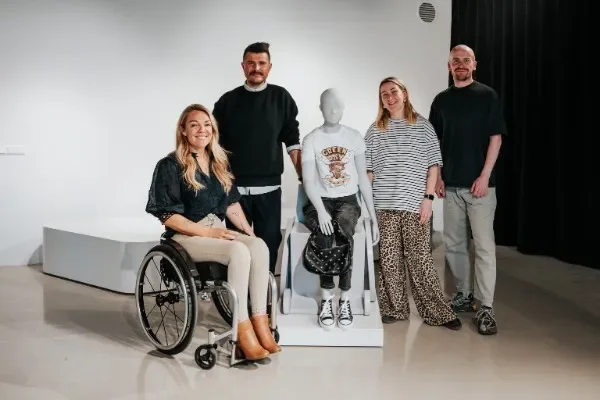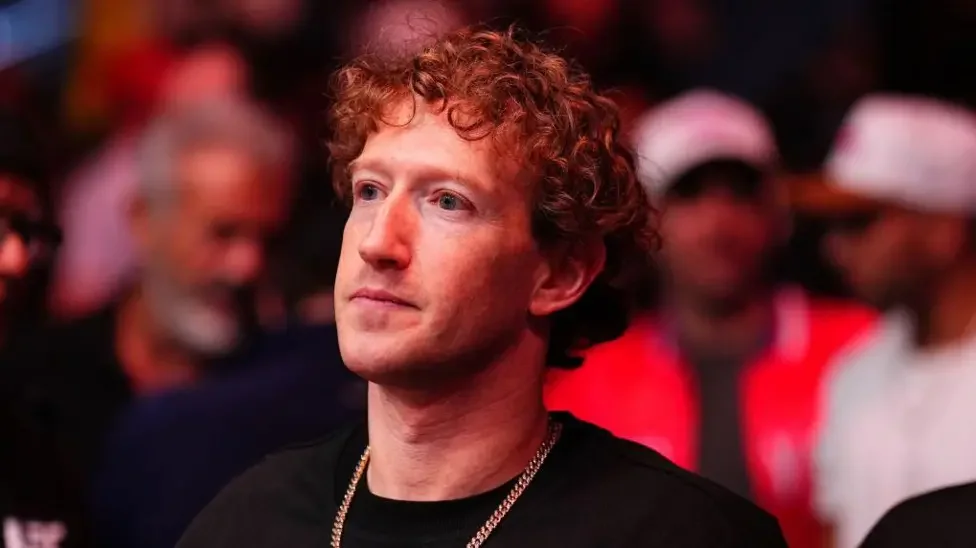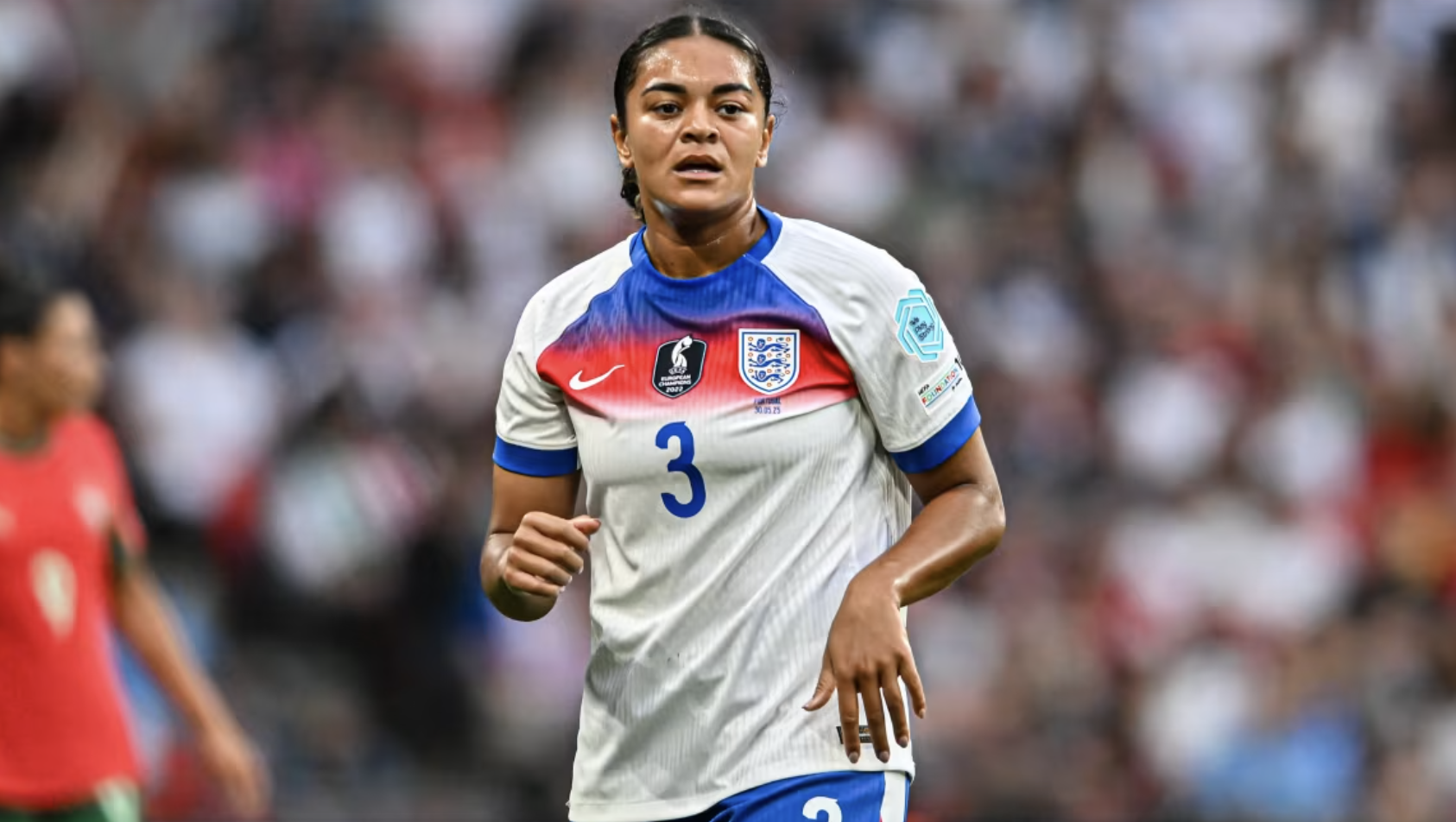The WNBA’s 2025 All-Star Game wasn’t just about spectacular on-court performances - it was a masterclass in strategic messaging. Players from both Team Clark and Team Collier stepped onto the court in warm-up shirts reading “Pay us what you owe us”, a pointed reminder of their stalled collective bargaining agreement negotiations. By turning a key cultural moment into a visual protest, players are using merchandise as both a solidarity badge and a high-visibility media asset.
Supporting Stats
WNBA players currently receive 9.3% of league revenue compared to the NBA’s near 50/50 split (MarketWatch).
Average WNBA base salary: $102,249. NBA average: $13 million (Spotrac / Sports Reference).
WNBA 2024 season: record-breaking viewership, attendance, and merchandise sales.
League’s new media deal worth $2.2 billion; expansion fees hitting $250 million per new team.
Pros - Why This Merch Moment Works
Visibility at scale: The All-Star Game offered a live, sold-out crowd of 16,000 plus millions of viewers – a perfect moment for unified messaging.
Social amplification: The shirts quickly went viral, extending the protest beyond basketball audiences into mainstream news, culture, and business media.
Merch as movement branding: The phrase “Pay us what you owe us” is direct, shareable, and unambiguous – an asset for both rallying supporters and applying public pressure.
Opportunities - Where Brands Can Play a Role
Sponsorship alignment: Brands with a history of advocating for pay equity (e.g. Visa, Nike, Google) could support player-led initiatives or limited merch drops.
Content collaboration: Media partners can document and amplify the movement through behind-the-scenes storytelling.
Cause-commerce: Limited edition merchandise could be tied to proceeds for player advocacy funds, blending consumer engagement with tangible impact.
Challenges - The Roadblocks Ahead
Revenue gap reality: The NBA’s $13B annual revenue dwarfs the WNBA’s ~$200M, giving owners ammunition in negotiations.
Season length: The WNBA’s shorter season and smaller commercial footprint limit its leverage compared to men’s leagues.
Player retention: Without pay reform, more top athletes may opt for overseas leagues or new ventures like Napheesa Collier’s Unrivaled.
Key Takeouts
The WNBA’s merch protest illustrates how cultural moments can double as contract negotiation leverage.
A unified, visible message during high-profile events forces media and fans to engage with the issue.
Pay equity campaigns in sport increasingly rely on branding principles: clarity, repetition, emotional resonance.
Next Steps for Brand Marketers
Spot the moment: Align with athlete-led cultural flashpoints before they peak.
Back it up: Support causes you co-sign with real investment, not just posts.
Think beyond the game: Use merch-driven activism as a model for cause-related campaigns in other cultural spaces.
Measure impact: Track both reach (media impressions, social engagement) and conversion (merch sales, petitions signed).





















